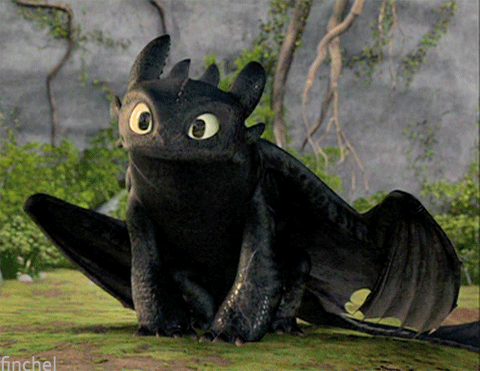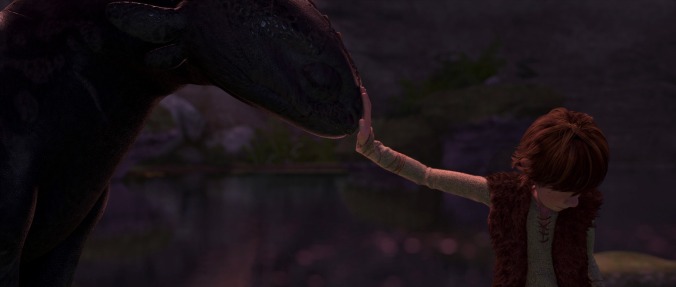The Sorceress and The Anchoress are two films that speak to a similar theme in a couple different manners. These films describe what life was like for two different women within the middle ages that struggle finding their place within society, and struggling with the power of the church. These films can be viewed on a couple of different levels, first looking at the very basic meaning of the film and interpreting the plot of the film. The level being discussed is that of a greater detail, discussing the role of the characters, how the women are portrayed within the film, who holds the power within society, and the tactics that filmmakers utilize.
These two films differ in many ways, but both investigate the elements that were discussed. In both films, the females are presented as a sort of submissive characters that are dependent upon men. The power of the church is very prevalent in both of these films, as women struggle to make decisions while being limited by the churches divine authority. Not only is this power displayed consistently by the church but also by the male figures that are within the film. This appears to be historically accurate as within this time period male figures were the dominant authority and female characters had the primary role of caring for the children and raising the child. The films however both utilize the technology available to enhance the mood being portrayed by the director. In both cases, the film was intended to be somber, with a very reflective mood. This was achieved through soft colors and black and white between the respective films. This allows the viewer to get the mood of the movie through the emotions being portrayed by the actor as well as the color of the film.
 Toothless the dragon has an interesting and imaginative design than any other normal dragon. For me personally, think that Toothless’ facial expression and body movement are very cat like most of the times. Overall, this is a charming and enjoyable film about family and friendship that can appeal to any age of group.
Toothless the dragon has an interesting and imaginative design than any other normal dragon. For me personally, think that Toothless’ facial expression and body movement are very cat like most of the times. Overall, this is a charming and enjoyable film about family and friendship that can appeal to any age of group. How to Train Your Dragon (2010) is a children’s film that tells a tale about Vikings and the lives they live. In this film, that life consists of defending their village from the dragons that ravage their land. The main character, Hiccup, is a young Viking who doesn’t quite fit in with everyone else and as son of the chieftain, life is made much harder. His life only gets more difficult when he catches a dragon but can’t seem to do what the others would do, kill it. While this only makes his social situation more difficult, he actually learns a lot from his time with his new friend and is able to save his village indefinitely from the threat that looms over them.
How to Train Your Dragon (2010) is a children’s film that tells a tale about Vikings and the lives they live. In this film, that life consists of defending their village from the dragons that ravage their land. The main character, Hiccup, is a young Viking who doesn’t quite fit in with everyone else and as son of the chieftain, life is made much harder. His life only gets more difficult when he catches a dragon but can’t seem to do what the others would do, kill it. While this only makes his social situation more difficult, he actually learns a lot from his time with his new friend and is able to save his village indefinitely from the threat that looms over them.